Confessions of a Repair Tech: Stop Killing Your Phone’s Battery
For years, I’ve had my hands inside thousands of phones. As a repair technician, I’ve seen it all, but the number one reason people walk through my door is always the same: a battery that just can’t hold a charge anymore. They come in frustrated, convinced their expensive phone is just broken because it dies by 3 PM. But honestly, nine times out of ten, the phone is fine. The real culprit is the battery, completely exhausted from a few years of well-intentioned but damaging charging habits.
In this article
The internet is a mess of conflicting advice, isn’t it? One site says drain it to zero, another screams never to charge it overnight. It’s enough to make you want to give up. So, let’s cut through the noise. This is the practical, no-nonsense advice I give to every customer and apprentice. It’s not about being obsessive; it’s about making a few simple tweaks that will genuinely make your battery last longer.
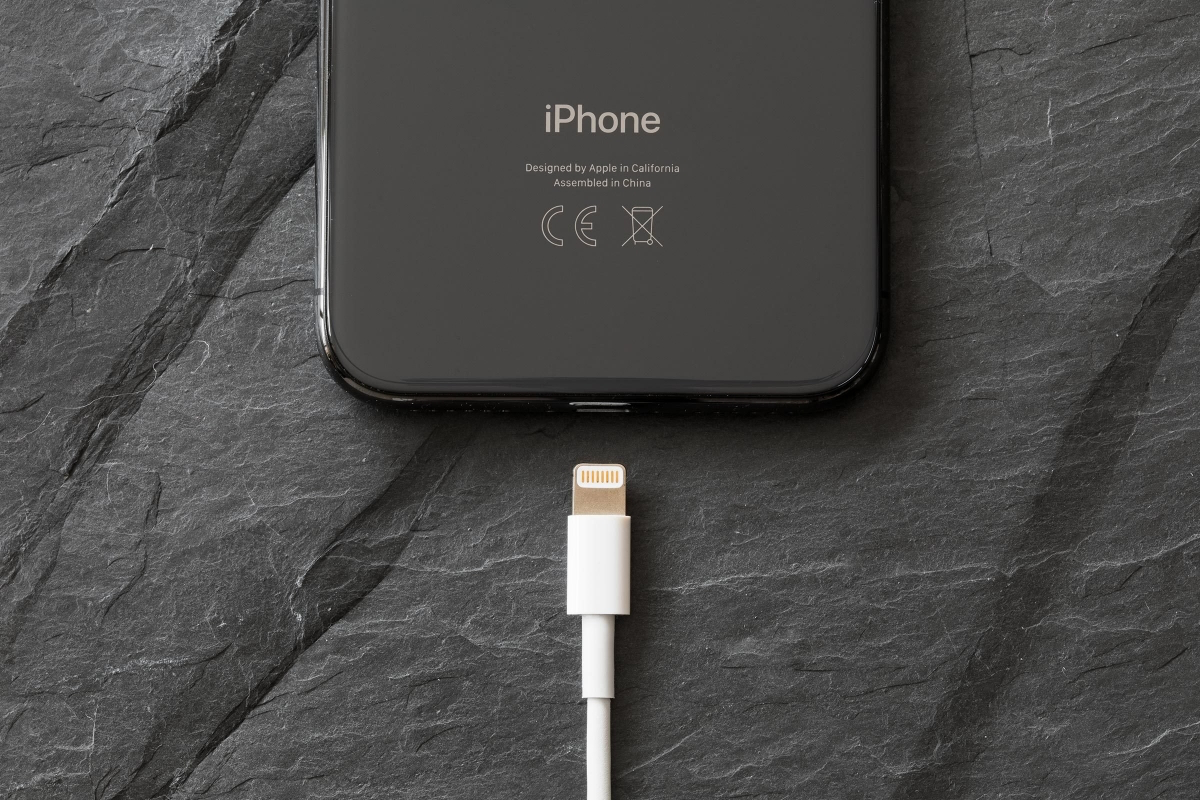
Your Quick Win for Today
Before we dive deep, here’s the single best thing you can do for your battery’s health right now. Seriously, do this while you’re reading. Go into your phone’s settings and turn on the intelligent charging feature. It’s a game-changer.
- On most modern phones like iPhones: Go to Settings> Battery> Battery Health & Charging and make sure “Optimized Battery Charging” is turned on.
- On many Android devices: Look for a feature called “Adaptive Charging” or something similar, usually in the Battery settings.
This simple feature learns your routine and stops your phone from sitting at 100% all night long, which is a major source of battery stress. We’ll talk more about why that matters in a bit.
What’s Actually Happening Inside Your Battery
Okay, so let’s get a tiny bit technical, but I’ll make it quick. Your phone has a lithium-ion (Li-ion) battery. The easiest way to picture it is as a room where charged particles move from one side to the other to create power. Charging just pushes them back to the start. But here’s the catch: every round trip, called a “charge cycle,” causes a little bit of permanent wear.

A full cycle is going from 100% all the way down to 0%. So, if you go from 100% to 50% and then charge back up, you’ve only used half a cycle. This is key. Most phone batteries are good for about 500 full cycles before their health drops noticeably, usually to around 80% of their original capacity. This isn’t a defect; it’s just chemistry.
The two biggest enemies that speed up this aging process are high-voltage stress and, most importantly, heat.
1. Voltage Stress: Think of a battery like a rubber band. You can stretch it a little and let it go all day. But if you keep it stretched to its absolute maximum (100% charge) or leave it totally limp (0% charge) for long periods, it gets worn out and loses its springiness. The happiest, least stressful place for a battery is right around 50%.
2. Heat (The REAL Battery Killer): This is it. This is the big one. Heat is the catalyst that makes all the chemical reactions inside your battery go into overdrive, causing the internal parts to break down way faster. And that damage is permanent. The main culprits are fast charging, using your phone for intense stuff like gaming while it’s plugged in, and just leaving it in a hot car.
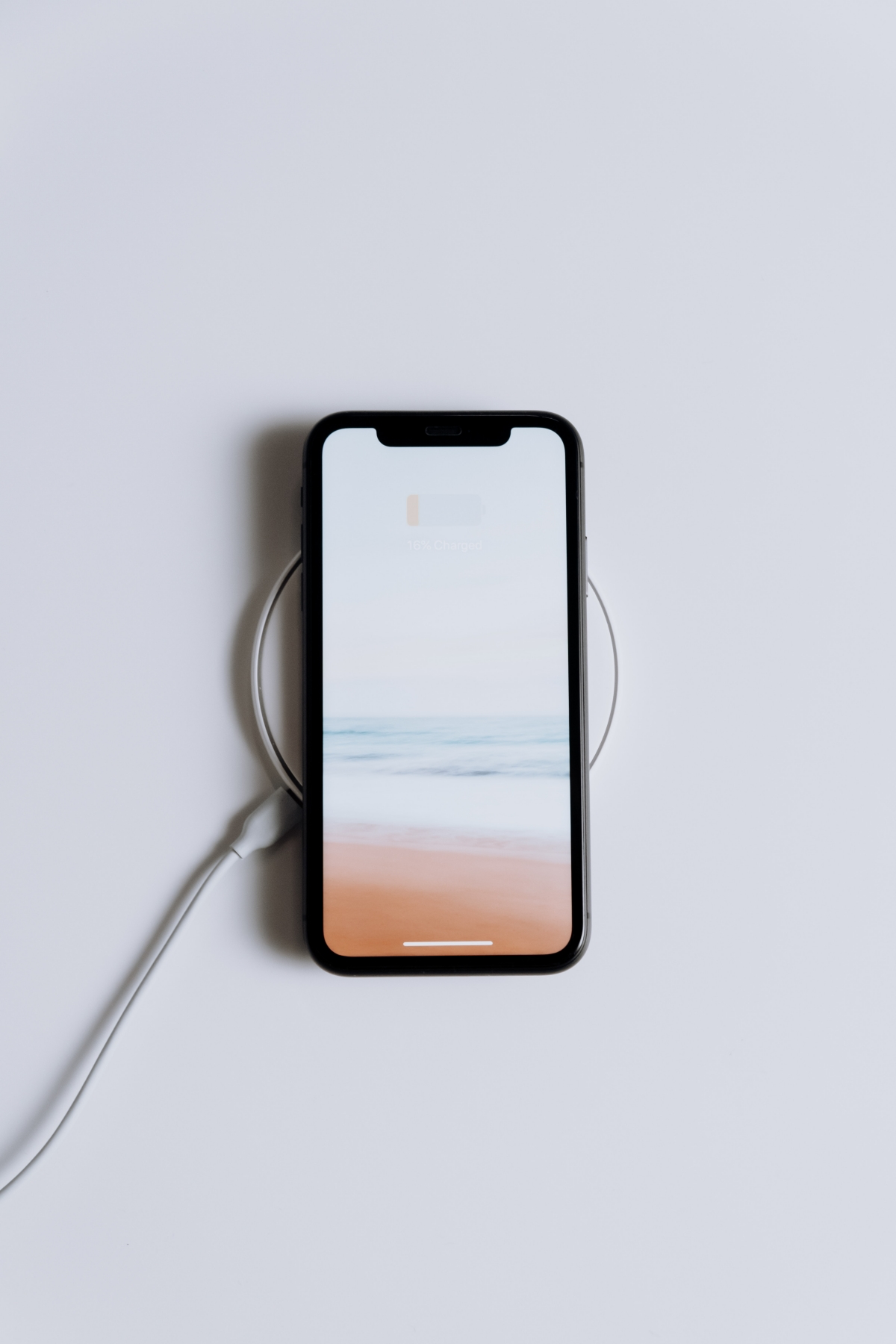
The Charging Habits I Swear By
On the repair bench, we see the results of these habits every day. The phones that have been gently charged often come in with batteries still testing above 90% health after a couple of years. The ones that have been constantly fast-charged in a hot car? They might limp in with a battery below 80% in just over a year. Here’s how to stay in that first group.
Aim for the 40-80% Sweet Spot
If you can adopt just one habit, make it this one: try to keep your phone’s charge between 40% and 80%. This keeps the battery out of those high-stress zones at the top and bottom. It’s where the internal chemistry is most stable.
I know, it’s not always practical. If you have a long day ahead, of course, you’ll want 100%. But when you’re just hanging out at home or in the office, try giving it shorter, more frequent top-ups. Plug it in when it gets near 40%, and unplug it when it hits 80% or 85%. This dramatically reduces wear and can add months, or even a year, to your battery’s useful life.

The Real Deal on Overnight Charging
Let’s clear this up: modern phones are smart. They stop charging at 100%, so you can’t technically “overcharge” them like old gadgets. But that doesn’t mean charging overnight is a great idea without that “Optimized Charging” feature we talked about.
The issue is that your phone sits at that high-stress 100% level for hours. Then, it uses a little power for background tasks, drops to 99%, and the charger kicks in again. This little cycle repeats all night, generating small amounts of heat and keeping the battery in that fully stretched-out, high-tension state. This is exactly what those optimized charging features are designed to prevent.
Slow, Cool Charging is Your Friend
Fast charging is an amazing convenience, but it comes at a cost: heat. Pushing that much power into a battery generates a lot of it. My rule of thumb is simple: use a fast charger when you’re in a hurry, but use a slow charger for regular, everyday charging.
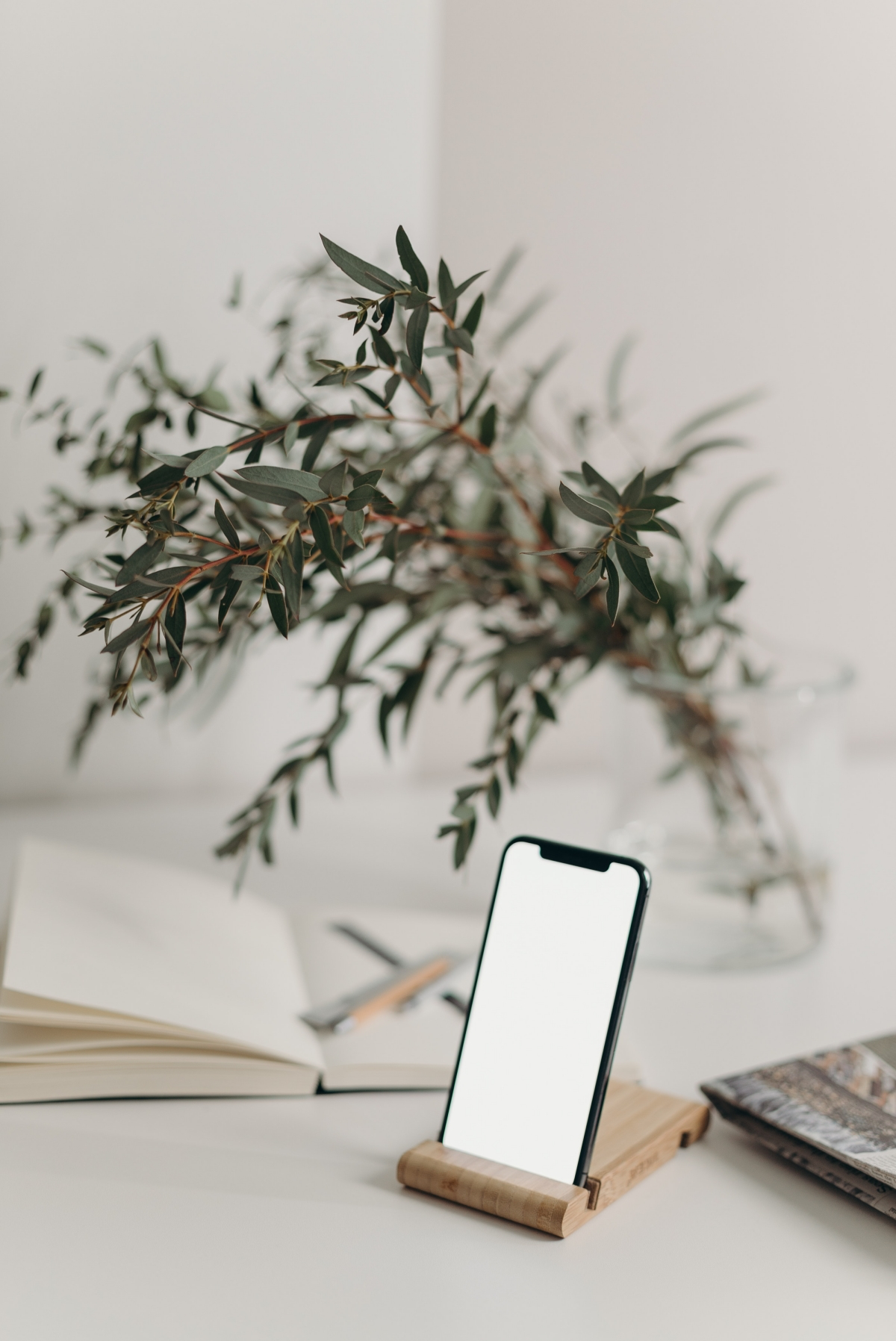
What’s a slow charger? I’m talking about those old 5-watt or 12-watt USB-A power bricks that used to come with phones. Fast chargers are typically anything 20 watts or higher. I personally use a simple 5-watt charger for my phone overnight. It’s slow as molasses, but the phone is perfectly cool to the touch in the morning. This simple swap massively reduces heat stress on the battery.
What About Wireless Charging?
Ah, the magic of just putting your phone down. Wireless charging is incredibly convenient, but it’s important to know how it fits in. The process itself is less efficient than a cable, which means some of the energy is lost as waste heat. So, generally speaking, wireless charging will make your phone warmer than slow-and-steady cable charging, but often less warm than a high-wattage fast charger.
Think of it as a middle ground. It’s fantastic for topping up your phone at your desk during the day, but because of the extra heat, it might not be the absolute best choice for an 8-hour overnight session, especially if your phone is in a thick case.
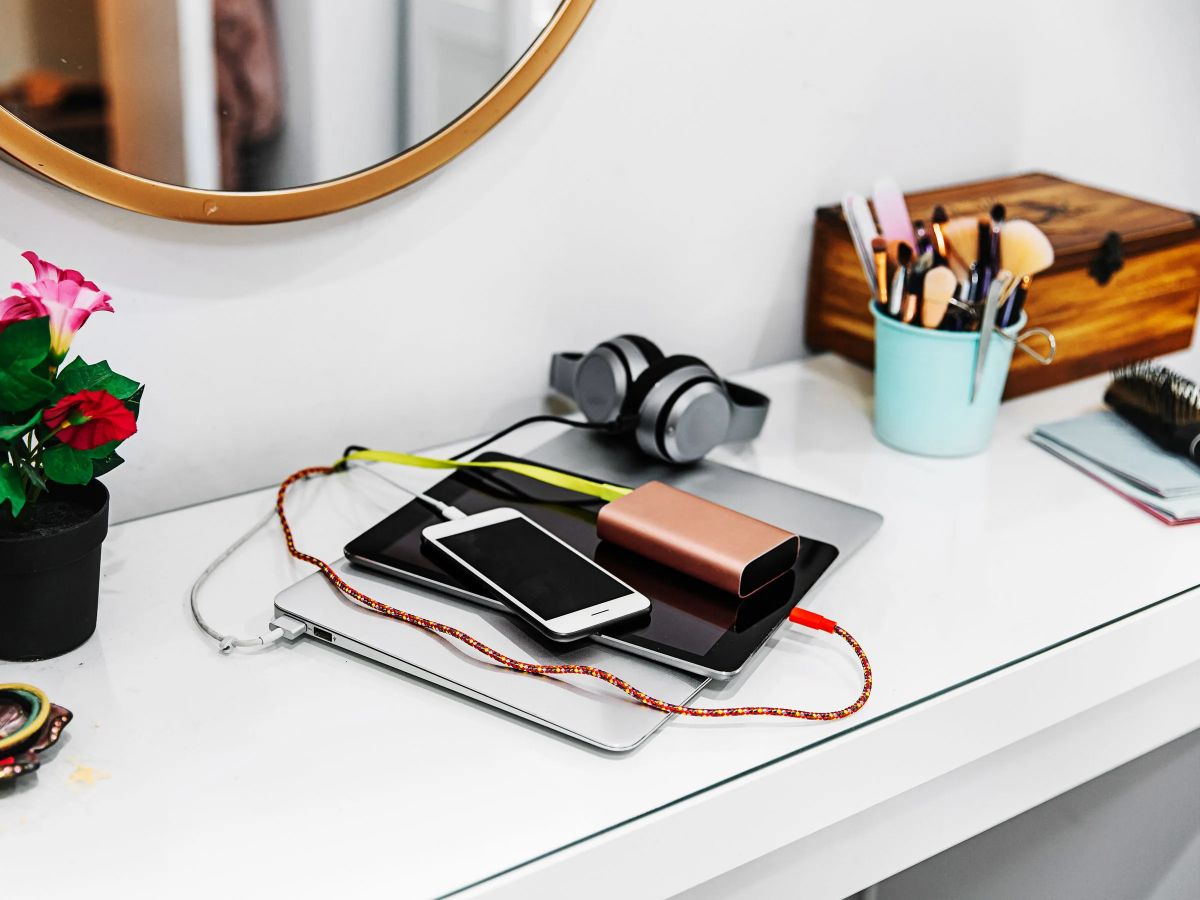
Your Phone Hates Extreme Weather
Where you live and work absolutely affects your battery. If you live in a hot place like Arizona or Florida, you have to be extra vigilant. The safe operating zone for phones is usually up to around 95°F (35°C). Charging adds its own heat on top of that, easily pushing your phone into the danger zone.
A few tips I give everyone:
- NEVER charge your phone in a parked car on a warm day. The inside can become an oven, and that heat can permanently cripple your battery in a single afternoon.
- Keep it out of direct sunlight. A phone left on a dashboard or beach towel is a recipe for disaster.
- Take the case off when charging. A quick tip that makes a big difference. Cases are like little sweaters for your phone, trapping heat. Letting it breathe while charging helps it stay cool.
On the flip side, extreme cold is also a problem. Your phone’s internal safety sensors should prevent it from charging if the battery is below freezing (32°F or 0°C). Trying to charge a frozen battery can cause irreversible damage and even create a fire risk. If you’ve been out in the snow, let your phone warm up to room temperature for at least 30 minutes before plugging it in.
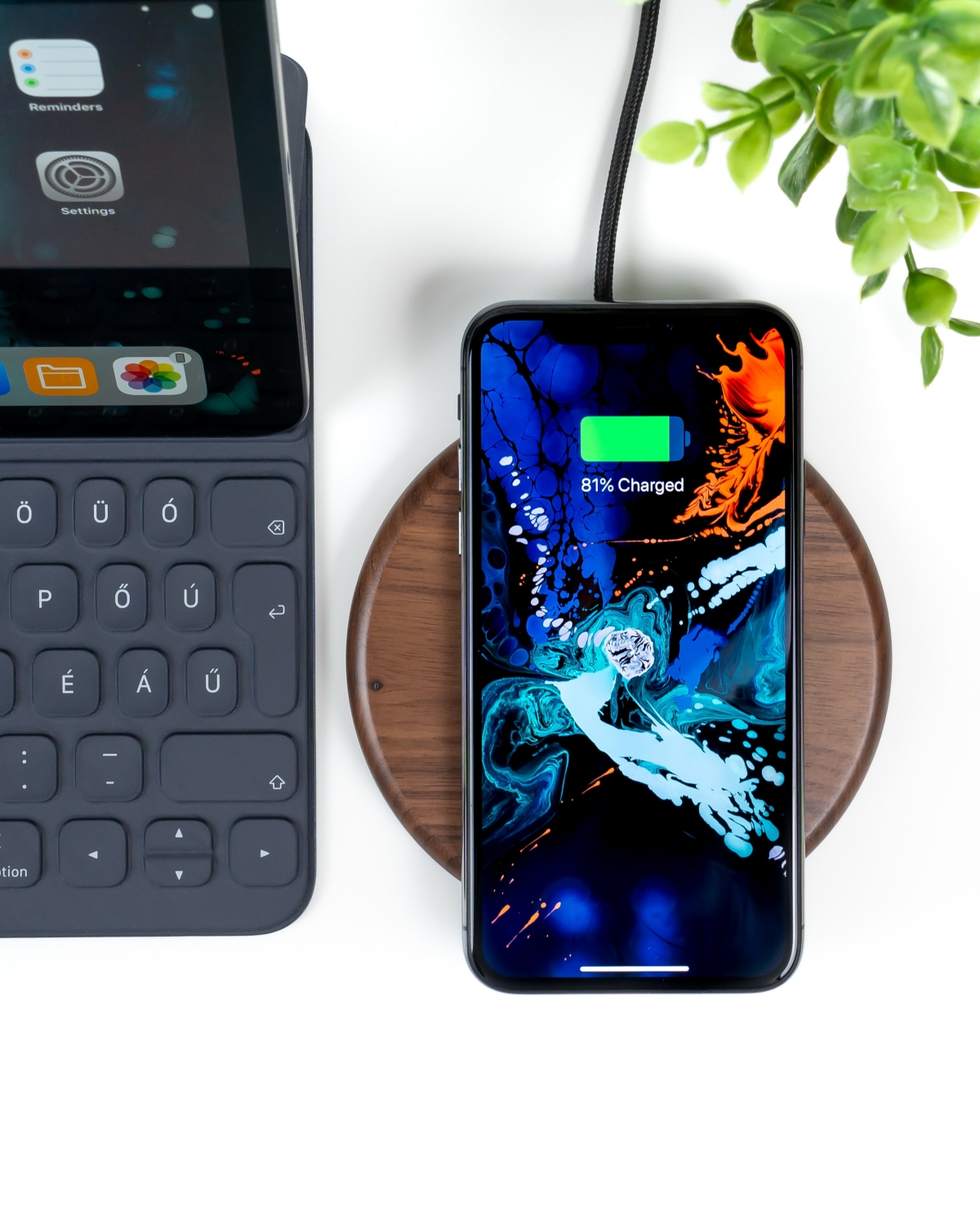
Don’t Be Cheap with Your Gear
This is where I get serious. I once had a customer bring in a phone with a charging port that was literally a black, melted mess of plastic. The culprit? A $3 gas station charger. He was lucky the phone didn’t catch fire. Don’t be that person.
A good charger isn’t just a power adapter; it’s a critical safety device. A sketchy charger from a checkout counter might cost you $5, but a certified, high-quality one from a reputable brand like Anker, Belkin, or UGREEN is usually only $15 to $25. It’s the cheapest insurance you can buy for a $1,000 phone.
Look for safety certification marks like UL, CE, or FCC on the charger itself. For the cable, look for MFi (Made for iPhone) certification for Apple gear or USB-IF certification for Android. And by the way, the same rule applies to power banks. Stick to the good brands!
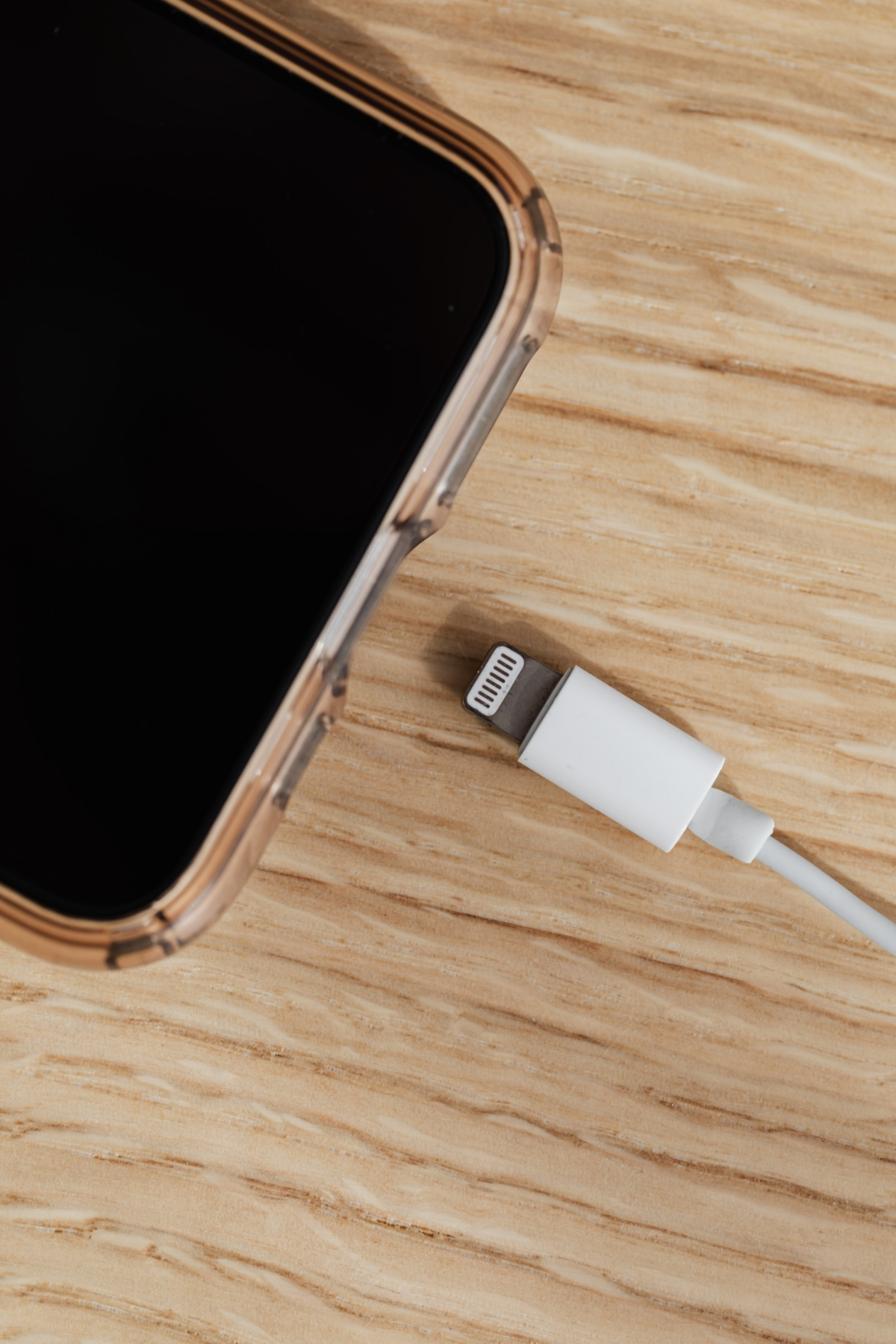
So, Is It Too Late for My Battery?
Okay, let’s say you’re reading this and your phone’s battery health is already in the low 80s or even the high 70s. First off, don’t panic! This is a normal and expected part of a phone’s life. A battery is a consumable part, just like the tires on your car.
If your phone still gets you through the day, just start using the good habits we’ve talked about to preserve what’s left. But if you’re constantly hunting for a charger by lunchtime, it’s time for a replacement. Here’s a realistic breakdown of what that might cost:
- Official Manufacturer Repair: Going to an official store is the most expensive option, often running somewhere around $89, but you get an original part and a warranty.
- Reputable Third-Party Repair Shop: A good local shop can do a great job for less, usually in the $50 to $70 range. Just make sure they have good reviews and use high-quality replacement parts.
- DIY Kit: If you’re feeling adventurous, you can buy a battery replacement kit online for about $30 to $40. Heads up, though: modern phones are sealed tight, and it’s a delicate process. I’d only recommend this if you’re comfortable with tiny screws and fragile connectors.
For most Android users who can’t see a native battery health percentage, I highly recommend an app called AccuBattery. It’s the best tool out there for giving you a clear picture of how much life your battery really has left.
Inspirational Gallery with Photos
A lithium-ion battery permanently loses about 20% of its total capacity for every 400-500 charge cycles.
What does this mean for you? A
Is wireless charging bad for my battery?
Not inherently, but it has a catch: heat. Qi wireless charging is less efficient than a cable, and that lost energy becomes excess heat—the number one enemy of battery longevity. If you use a wireless charger, make sure it’s from a reputable brand like Belkin or Anker with good ventilation, and avoid those cheap, enclosed charging pads that can cook your phone overnight.
GaN Charger: Uses Gallium Nitride, making it smaller, more energy-efficient, and—most importantly—cooler than traditional silicon chargers.
Standard Charger: The bulky brick that probably came with an older phone. It works, but generates more waste heat, warming up both itself and your phone.
For a healthier battery, investing in a compact GaN charger is a smart move.
The cable you use matters more than you think. For iPhone users, always look for the
- Avoids the stress of a full 100% charge.
- Keeps your phone cooler during the process.
- Extends the battery’s overall lifespan.
The secret? A simple 5W charger. While fast-charging is great for a quick boost, using a basic, low-wattage charger (like the old small cube from Apple) for overnight charging is a much gentler and healthier option for your battery.
Think about your phone’s environment: Never leave your phone charging on a bed, under a pillow, or on a sofa. These surfaces trap heat, forcing the battery temperature to rise to damaging levels. Always charge it on a hard, flat surface like a desk or nightstand where air can circulate freely.
Before you blame the battery, check your software. A single misbehaving app with a background process stuck in a loop can drain a full battery in just a few hours. If you experience a sudden, dramatic drop in battery life, check your battery usage stats in settings. The culprit is often a recently updated app. Try uninstalling it or clearing its cache.
In extreme cold (below 0°C / 32°F), attempting to charge a lithium-ion battery can cause a phenomenon called ‘lithium plating,’ which is irreversible and permanently damages the cell.
If your phone has been left in a freezing car, let it warm up to room temperature for at least 30 minutes before you even think about plugging it in. Your phone’s internal safeguards should prevent charging, but it’s a risk not worth taking.
Many modern Android phones, especially from Samsung and Google, have a setting to










